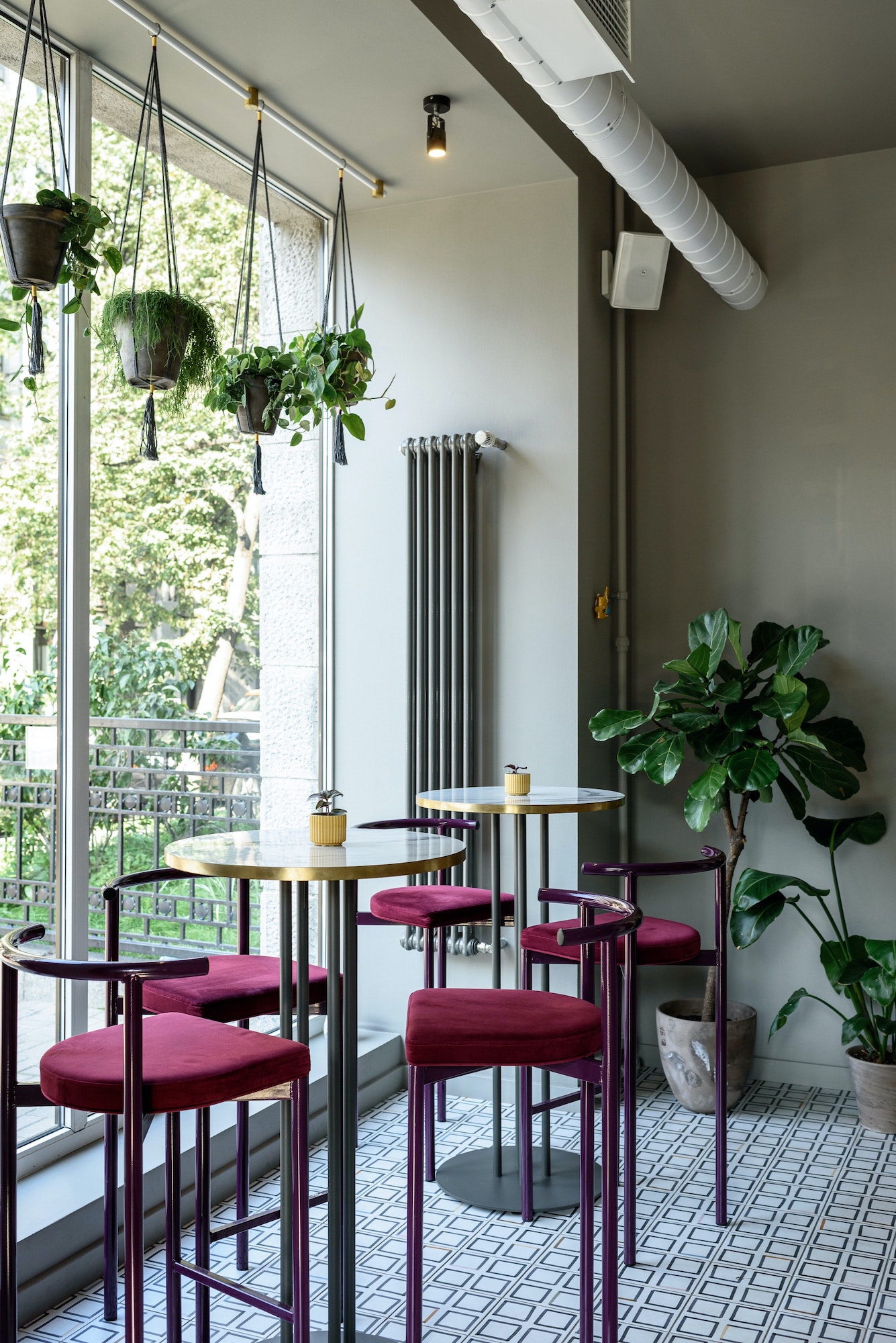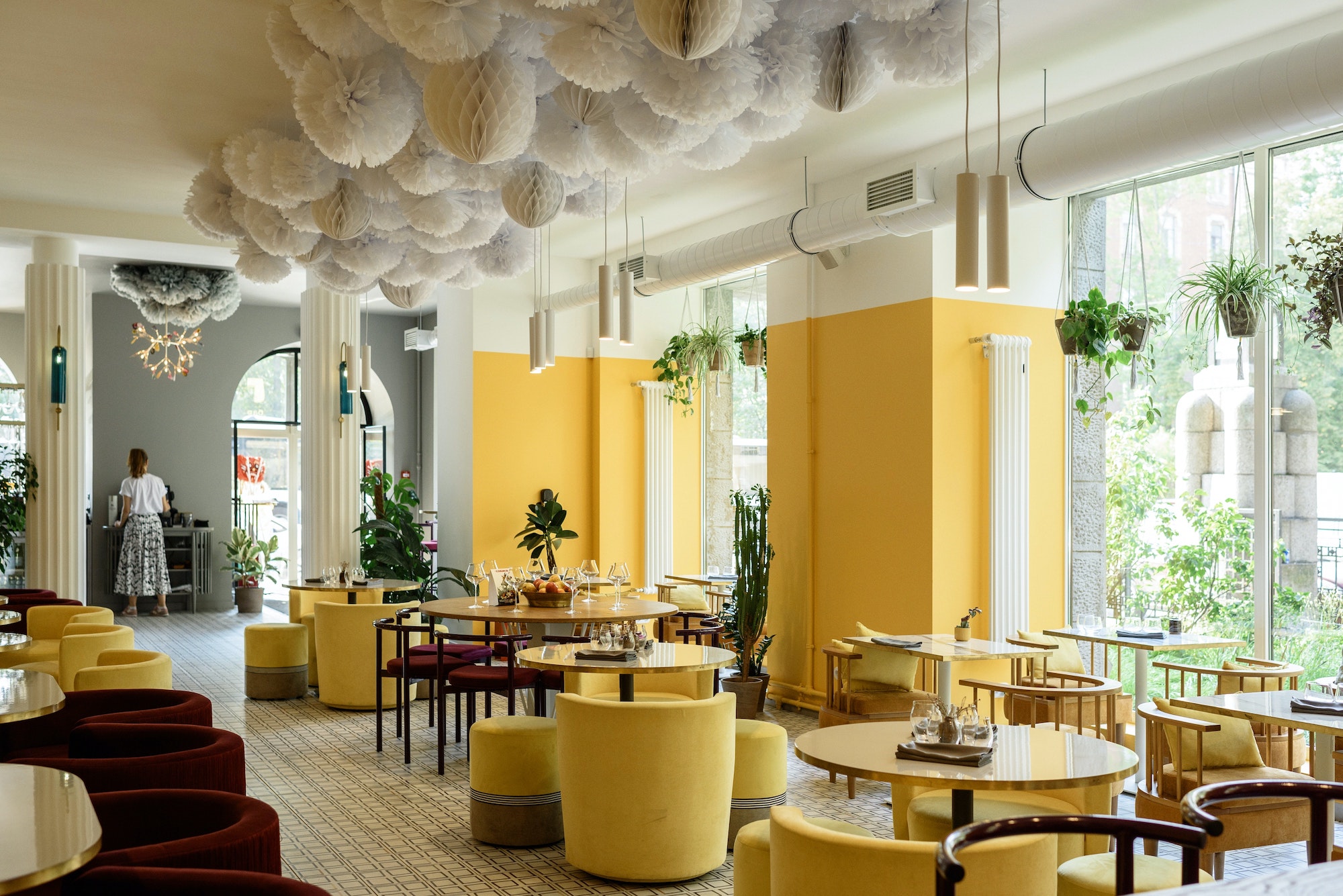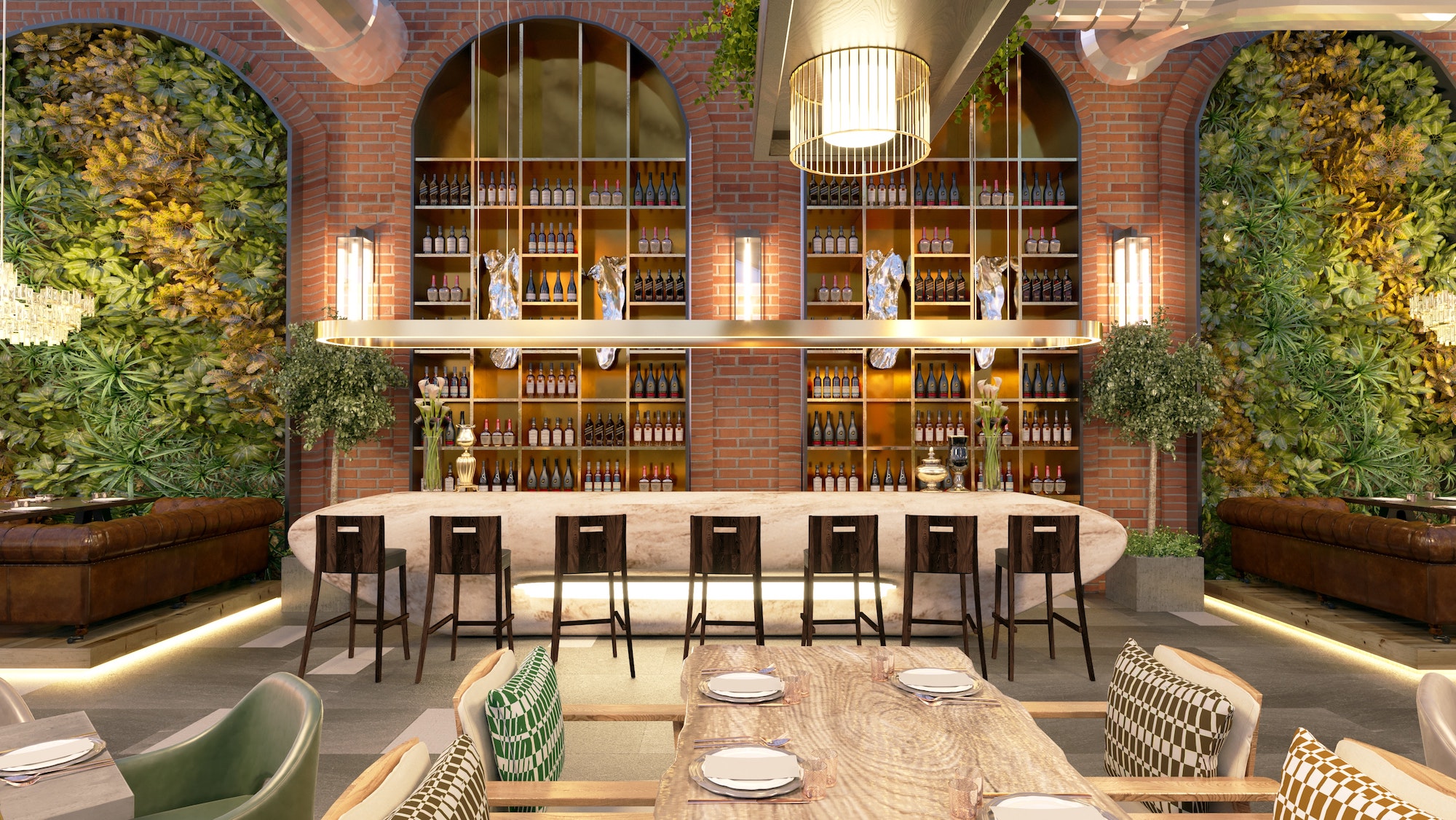For every 100 restaurants that open, around 50 will close before they reach their first year of operations. Another 25 will shut down before they celebrate their third anniversary. By the fifth year, only 10 would have survived and thrived, with a consistent top line and a healthy bottom line.
You don’t need to look at the numbers; you simply need to look around and count the openings and closures in a neighborhood or mall. It doesn’t look very encouraging.
Despite the staggering statistics, aspiring entrepreneurs continue to jump on the bandwagon hoping to make it as the next big restaurateur. Because why not? Barrier to entry is low, risks are mitigated through extended payment terms to suppliers (creating a faux cash flow), and fun and glamor are highlighted by daily interactions with diverse personalities.
Instead of focusing on the closed businesses, let’s focus on why some manage to stay afloat. Some have even operated beyond five years, despite new competition, changing lifestyles, and new dining destinations and flavors.
From concept to commercialization, what are the key points to remember in building your first restaurant? Entrepreneurs are generally problem solvers; thus, the first thing to remember is that the concept has to fulfill a need and be able to solve a problem. Wildflour, in its first venture in Bonifacio Global City, created a concept that would cater primarily to expats. Six years and many branches later, the concept, backed by a menu of freshly baked breads and pastries, found acceptance not just from the initial target market but also from young professionals looking for more exclusivity, or as an alternative to Starbucks.
The first thing to remember is that the concept has to fulfill a need and be able to solve a problem.
Second, be inspired by what you see around, don’t imitate. Wildflour, inspired by what’s happening in US cities, found exciting innovations and introduced cronuts to the local market. Eventually, they were copied by almost everyone in the same category.
Is the concept scaleable? Can Wildflour be replicated in other locations with the same profile? They’ve since opened four branches in Makati and two in Ortigas. A noticeable factor is the same market profile as the first branch in BGC, with minimal tweaking to adapt to new locations.
As the business grows, the new concept will require various experts to validate and enhance it. Seek advice, but don’t let them influence you to the point of letting go of the original value proposition you intended in the first place. Stay true to your core brand identity.
And of course, lessen the frills, gimmicks, and fancy interior design. Constantly go back to basics: good quality food, clean environment, unforgettable service, and value for money. These are the minimum requirements to keep guests coming back.
“A brand without trust is just a product”—Keith Weed of Unilever
Chef Robby Goco’s Green Pastures is one of the early adaptors of the farm-to-table concept. It does not take one restaurant opening to make people believe what they ought to believe. The brand concept will be trusted as soon as you consistently deliver the brand promise you talked about since day one.

And how do you make that big jump from conceptualization to reality? The first step is to conduct a series of market tests that will validate your concept, sharpen the focus on your target audience, and go back to the market offering and translate it to a good customer experience. Green Pastures, for example, undertook countless market tests before the concept opened to the public. Goco challenged himself constantly and revised his menu millions of times, until he arrived at the right menu.
The food business is a people business. Nobody takes this to heart than Goco. So many restaurant concepts have failed because the people behind them were not properly trained, commensurately paid, and not recognized for their service.
Cash flow is king. The concept is only as good as last month’s net profit. And this has to be translated to funds actually flowing into the bloodstream of the business.
Next to the menu and the people, capital is the next key ingredient in making this work. Most forget that funding has to be planned properly so that the concept doesn’t run out of steam while trying to win the hearts and stomachs of the dining public. Some exude so much optimism for their concept, forgetting the worst scenario that the sales might not be as good, or might even be less than their expenses. Cash flow is king. The concept is only as good as last month’s net profit. And this has to be translated to funds actually flowing into the bloodstream of the business.
“Every restaurant needs to have a point of view”—Danny Meyer
Now let’s discuss how you can stand out in a sea of restaurant concepts. First, let’s clarify that standing out is different from sustaining interest, staying alive, being profitable, and making it beyond five years.
The uniqueness of the brand should be directly proportional to the brand story, which translates to the transactions that the restaurant concept generates. Mama Lou’s Italian Kitchen, for example, opened in 2010 in BF Homes, with a story that’s as real as its brand name. Named after the mother, Marilou, who passed away during the early stage of the restaurant business, the pizzeria is now in six different locations with a very strong following. Mama Lou’s evokes home-cooked goodness, premium ingredients, and affordable meals.

What any buzzworthy restaurant features from the onset should live up to its name. Paradise Dynasty launched the first colorful xiao long bao, inspired by French macarons. Does the brand name communicate nirvana as you go through the unique Chinese dining experience?
Another example of being buzzworthy is Vikings, the country’s largest buffet chain with 11 branches, with its tagline “Eat Like a Viking.” It continues to breathe life into its brand name, with the addition of new concepts such as Niu, Nords, Panda Shabu Shabu, and The Alley since 2011.
The third tip to be a standout is to ensure that the hero product will contribute to the tight and well-conceived menu. Gringo is a two-year old chain that’s sprouting all over the country with 14 branches currently. And the hero product, baby back ribs, gives you that Tex-Mex experience in a mere bite. Another example is Souv by Cyma. More than a year after it opened in BGC, it continues to pack them in. Souv, short for souvlaki, provides everyday Greek meals through its hero product—the small pieces of meat grilled on a skewer.
So how do you make a great restaurant? It’s not as easy as picking up a list of recipes from the internet, finding a unique brand name, and putting together a platoon of dedicated and skilled cooks and waiters and managers. It’s all these and more.
Originally published in F&B Report Vol. 15 No. 5





